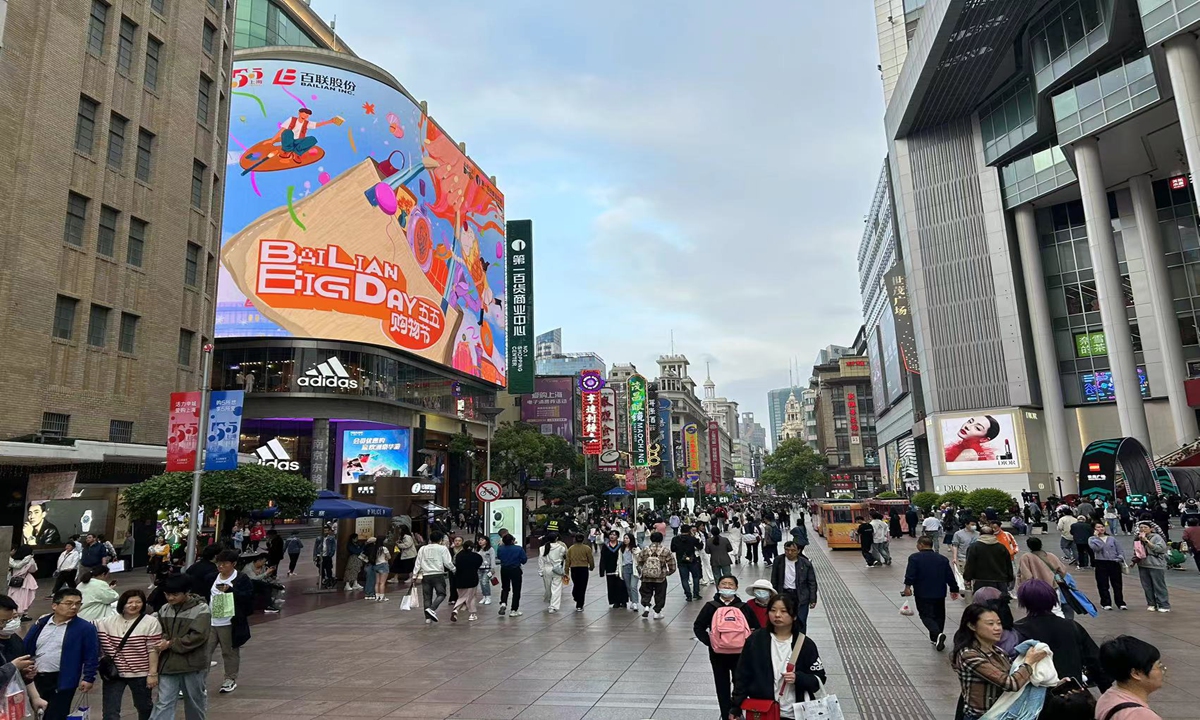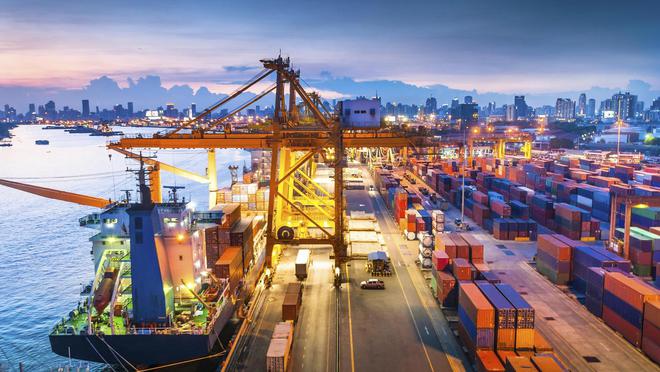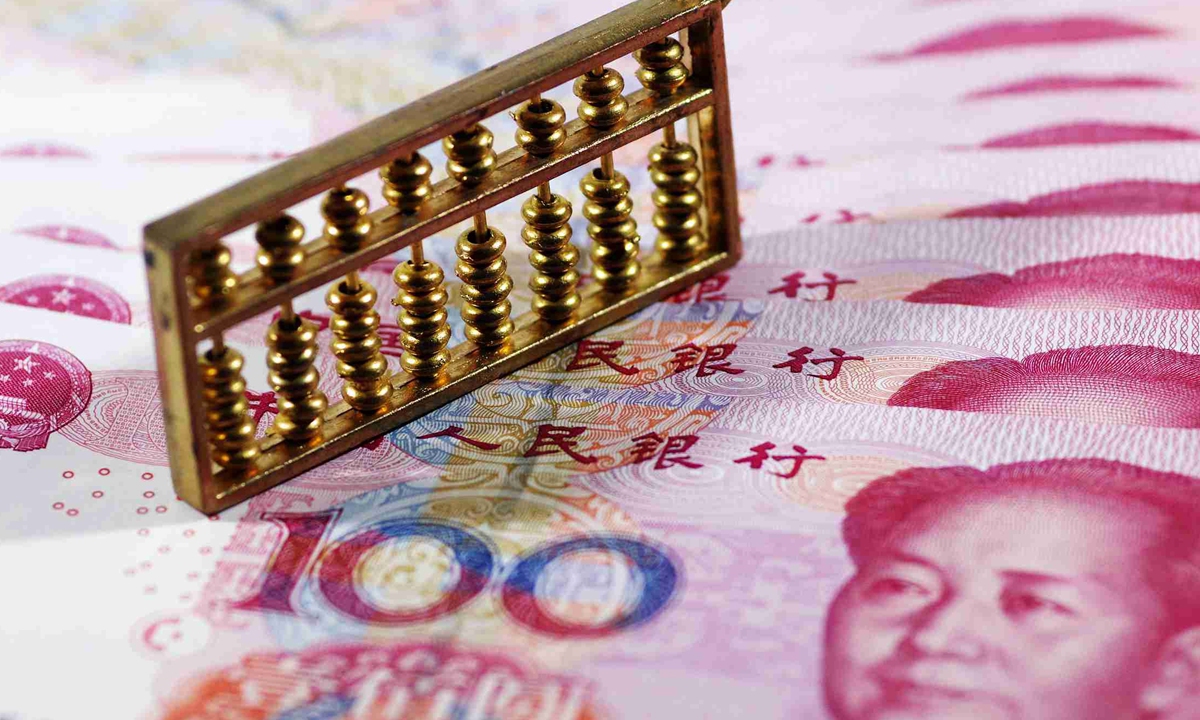
Illustration: Chen Xia/Global Times
While many have been focusing on China's April foreign trade performance, less attention has been paid to the details of the improvement of the nation's foreign trade structure, letting some people overlook a trend: the country has been quietly emerging in terms of outward processing trade, which will bring more opportunity for mutually beneficial cooperation with the rest of the world, especially economies in Asia.
China's outward processing trade rose by 186.8 percent year-on-year in March, according to the General Administration of Customs. Outward processing exports increased by 116.7 percent to $70.9 million, while imports grew by 279.8 percent to $93.7 million.
China's outward processing is in a phase of rapid development. The term refers to the business activity of exporting raw materials, components or semi-finished products to overseas markets for processing, and then re-importing the processed products.
With the emerging trend of outward processing, China can fully utilize technology or relatively low-cost labor resources from overseas economies to meet the needs of the Chinese domestic market, realizing complementarity and cooperation in supply chains.
Processing trade plays an important role in stabilizing foreign trade, foreign investment, and industrial and supply chains. At the initial stage of China's reform and opening-up, its main approach was to import raw and auxiliary materials, process or assemble them in China, and re-export the finished products.
Now, the surge of outward processing reflects, on the one hand, that China is moving upstream in the global value chain, focusing more on developing high value-added products such as components, instead of low value-added items from the manufacturing-assembly industry.
On the other hand, it reflects a rise in Chinese domestic consumption, as overseas resources such as technology and labor are used to serve the Chinese market.
Some Western observers have said that manufacturers will move production out of China as the nation's labor cost advantage shrinks. Moreover, the US has largely adopted a zero-sum game mind-set in its trade policy toward China, trying to hit its export-oriented sector. However, those people are going to be deeply disappointed by the results.
China has not witnessed a massive manufacturing outflow. Contrary to what some Western observers claim, a surge in China's outward processing trade shows cooperation along industrial and supply chains has been strengthened and developed among China and other countries, especially neighboring economies. China's advantages of comprehensive industrial chain support and its huge consumer market are two main reasons behind the trend.
Asia is one of the world's most economically dynamic regions. As the restructuring of the Asia-Pacific industrial chain seems to have accelerated, some Western media outlets have again hyped the issue of "competition" between China and other Asian economies. Competition is normal in the global economy. Hence, there is no need to exaggerate or over-interpret it. Moreover, the cooperative side of economic ties far outweighs the competition side.
The outward processing trade is mutually beneficial to both China and its trade partners. Some Asian countries' exports to China are on an upward trajectory, and they generate the bulk of jobs and taxes in those economies. For instance, India's exports to China increased by 22.5 percent in the first quarter, while South Korea's exports to China rose 8.9 percent.
Against the backdrop of industrial restructuring and upgrading, Asian economies should strengthen economic cooperation with China, support free trade, and reduce tariff and non-tariff barriers to seize the opportunities offered by the development of China's outward processing trade.
There is still enormous potential for the development of outward processing. For China and also the entire region, industrial restructuring and upgrading, as well as the emerging trend of outward processing, is set to build a new engine to drive economies.
The US is being arrogant to believe it can advocate economic "decoupling" between China and other Asian economies, and also exclude China from global supply chains.
Now, the shoe is on the other foot. We expect closer industrial chain cooperation, which will enable China to better integrate into global industrial, value and supply chains in a faster process of industrialization and modernization.
中国的外加工贸易正在迅速增长,为亚洲经济带来新的机遇。据中国海关总署数据显示,今年3月,中国的外加工贸易同比增长186.8%。出口增长116.7%至7090万美元,进口增长279.8%至9370万美元。外加工贸易是指将原材料、零部件或半成品出口到海外市场进行加工,然后再将加工后的产品重新进口的业务活动。
这一趋势意味着中国可以充分利用海外经济体的技术或相对低成本的劳动资源,满足中国国内市场的需求,实现供应链的互补和合作。此外,外加工贸易的兴起也反映了中国在全球价值链中逐渐向上游发展,更多地关注开发高附加值产品,同时也反映了中国国内消费的增长。
中国的外加工贸易对中国和其贸易伙伴都是互利的。一些亚洲国家对中国的出口正呈上升趋势,这些出口对这些国家的就业和税收贡献巨大。例如,印度对中国的出口在第一季度增长了22.5%,而韩国对中国的出口增长了8.9%。
在工业重组和升级的背景下,亚洲经济体应加强与中国的经济合作,支持自由贸易,并减少关税和非关税壁垒,以抓住中国外加工贸易发展所带来的机遇。
总的来说,中国外加工贸易的发展将促进中国经济的现代化和产业升级,也将为整个亚洲地区经济的增长提供新的动力。













